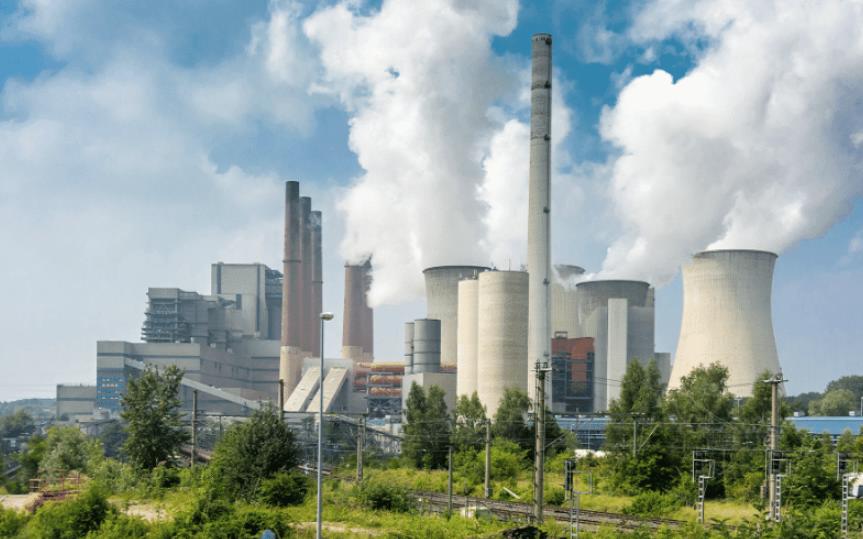
Disclaimer: This content does not necessarily represent the views of IWB.
In the current era, the urgent need to reduce greenhouse gas (GHG) emissions has become a burning issue. To address this global concern, the GHG Protocol has emerged as a valuable resource for both countries and companies. Its purpose is to assist in the measurement and management of GHG emissions.
In response to a report emphasizing the need for consistent approaches to quantify and disclose GHG emissions, the GHG Protocol emerged as a framework that underwent significant adjustments.
So, let’s delve into the world of the Greenhouse Gas Protocol, its users, and its various standards. You may also click here for more information.
Understanding the GHG Protocol
The GHG Protocol provides “a comprehensive set of guidance, standards, training, and tools for businesses and governments to effectively measure and manage emissions that contribute to climate change.”
One of the notable strengths of the GHG Protocol lies in its classification system, distinguishing emissions into scope 1, 2, and 3 categories. Its primary objective is to aid companies in reducing their greenhouse gas emissions by providing them with standards and guidance to manage their emissions effectively.
The Role of the GHG Protocol
The GHG Protocol collaborates closely with industry associations, businesses, governments, NGOs, and various organizations to foster the development of robust and globally recognized frameworks for emissions management. These frameworks assist organizations in measuring, managing, reporting, and ultimately reducing their carbon emissions.
As climate change poses a complex global problem with rising global temperatures due to human-caused greenhouse gas emissions, the GHG Protocol standards aim to provide a data-driven approach to curbing emissions. These standards enable organizations to identify the significant emission contributors within their value chains.
Who Utilizes the GHG Protocol?
Catering to diverse entities including the value chains, private and public sectors, cities, policies, and products the GHG Protocol standards have garnered widespread adoption by countless organizations and companies, solidifying its status as the foremost globally recognized set of greenhouse gas accounting standards.
In fact, a recent study revealed that 92% of Fortune 500 companies directly or indirectly employ the GHG Protocol or programs based on its principles.
As countries align their efforts with the commitments outlined in the Paris Agreement, aiming to curtail greenhouse gas emissions and mitigate the rise of global temperature, cities across the globe are progressively embracing the adoption of the GHG Protocol to bolster their sustainability endeavors.
GHG Protocol: Tracking and Addressing Emissions Across Scopes
The GHG Protocol is particularly renowned for its classification of emissions into scopes. Corporate emissions arise from various sources and are categorized into three scopes:
Scope 1
Emissions arising directly from a company’s internal activities.
Scope 2
Emissions produced from the utilization of acquired electricity, heat, steam, and cooling.
Scope 3
Indirect emissions transpiring within the supply chain, encompassing both upstream and downstream operations.
Measuring and effectively managing scope 3 emissions can present a substantial and complex undertaking. However, acknowledging their importance is vital since, for many enterprises, scope 3 emissions account for more than 70 percent of their carbon footprint, making it a critical factor to address.
In a Nutshell
In the battle against climate change, the GHG Protocol stands as a vital ally, aiding both organizations and governments in measuring, managing, and reducing greenhouse gas emissions.
By adopting the GHG Protocol, businesses and nations can play their part in addressing the global challenge of climate change and strive towards a sustainable future.